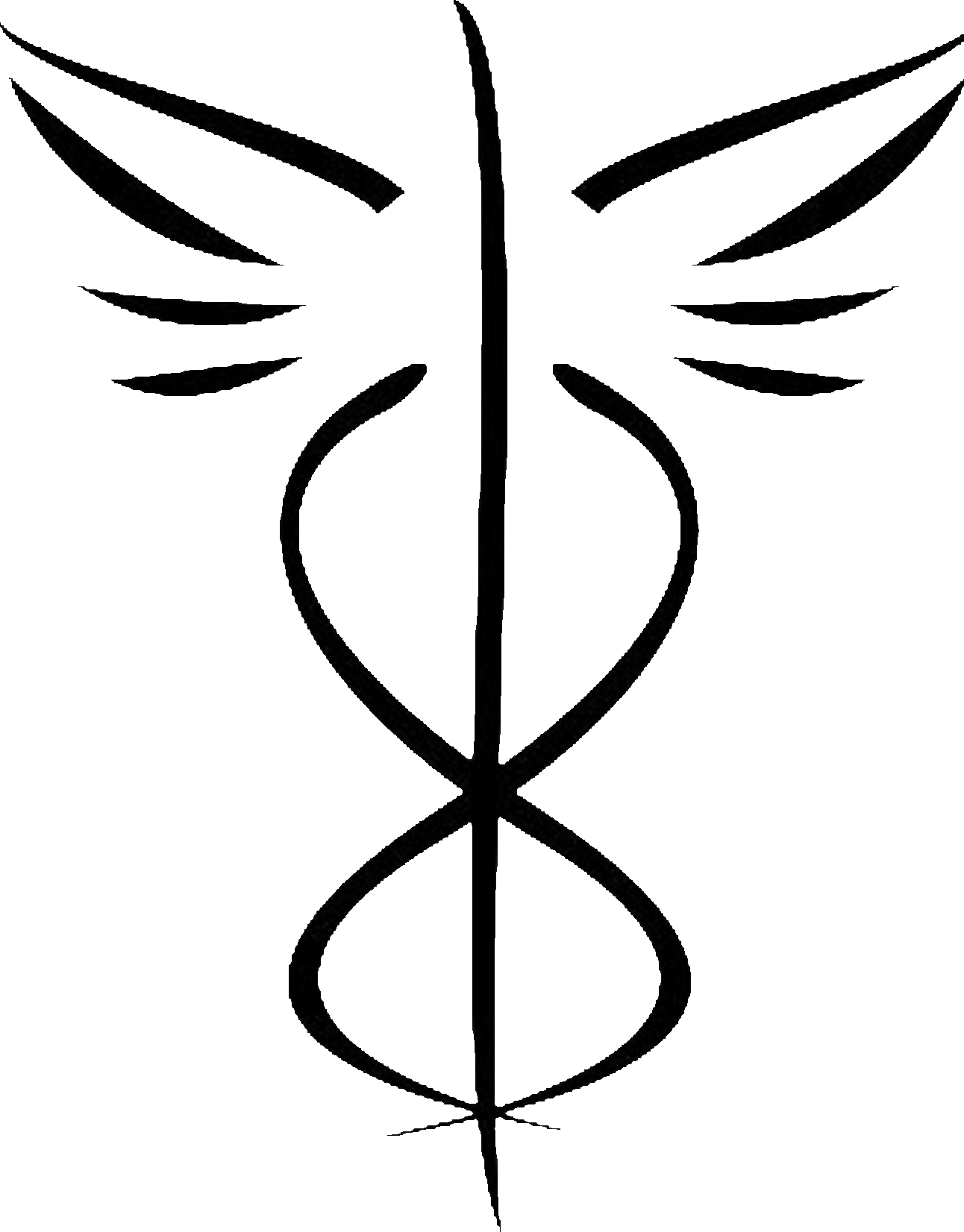What is a MOST form? It is an advanced directive?
The MOST form (Medical Orders for Scope of Treatment) is a voluntary form that patients can choose to complete, usually in consultation with their healthcare provider, to ensure that their medical preferences are clearly communicated and followed in serious or end-of-life situations. While it is highly recommended for individuals with serious health conditions or those nearing the end of life, it is not legally mandatory.
The MOST form is not the same as an advance directive, but they are related and often used together in end-of-life planning. Here’s how they differ:
1. MOST Form (Medical Orders for Scope of Treatment):
- A medical order completed by a healthcare provider based on the patient’s wishes.
- It provides specific instructions for immediate medical care, such as resuscitation preferences, medical interventions, antibiotics, and artificial nutrition.
- It is designed to be followed by healthcare professionals in emergency situations.
- The MOST form is binding and immediately actionable by medical personnel (like a doctor’s order), meaning it can directly influence what care is provided at the moment.
- It is usually intended for individuals who are seriously ill or in the later stages of life.
2. Advance Directive:
- A legal document that outlines a person’s broader wishes about future medical care if they are unable to communicate (e.g., in a coma or severely incapacitated).
- It includes documents such as a living will and a durable power of attorney for healthcare.
- The advance directive guides medical decisions in non-emergency situations and is often more general than the MOST form.
- It allows you to appoint a healthcare proxy to make decisions on your behalf.
Key Differences:
- Timing and Scope: The MOST form applies to current medical care decisions, while the advance directive addresses future situations where the patient might not be able to make decisions.
- Legal vs. Medical: An advance directive is a legal document that expresses wishes, while the MOST form is a medical order that must be followed by healthcare providers.
- Audience: The MOST form is primarily for healthcare providers to act upon immediately, while the advance directive is for both healthcare providers and loved ones to follow over the course of future care.
Both documents are important, but the MOST form is often used when a patient’s end-of-life care needs are imminent, whereas an advance directive may be prepared well in advance of such situations. Many people have both documents to ensure their medical care preferences are fully respected.
